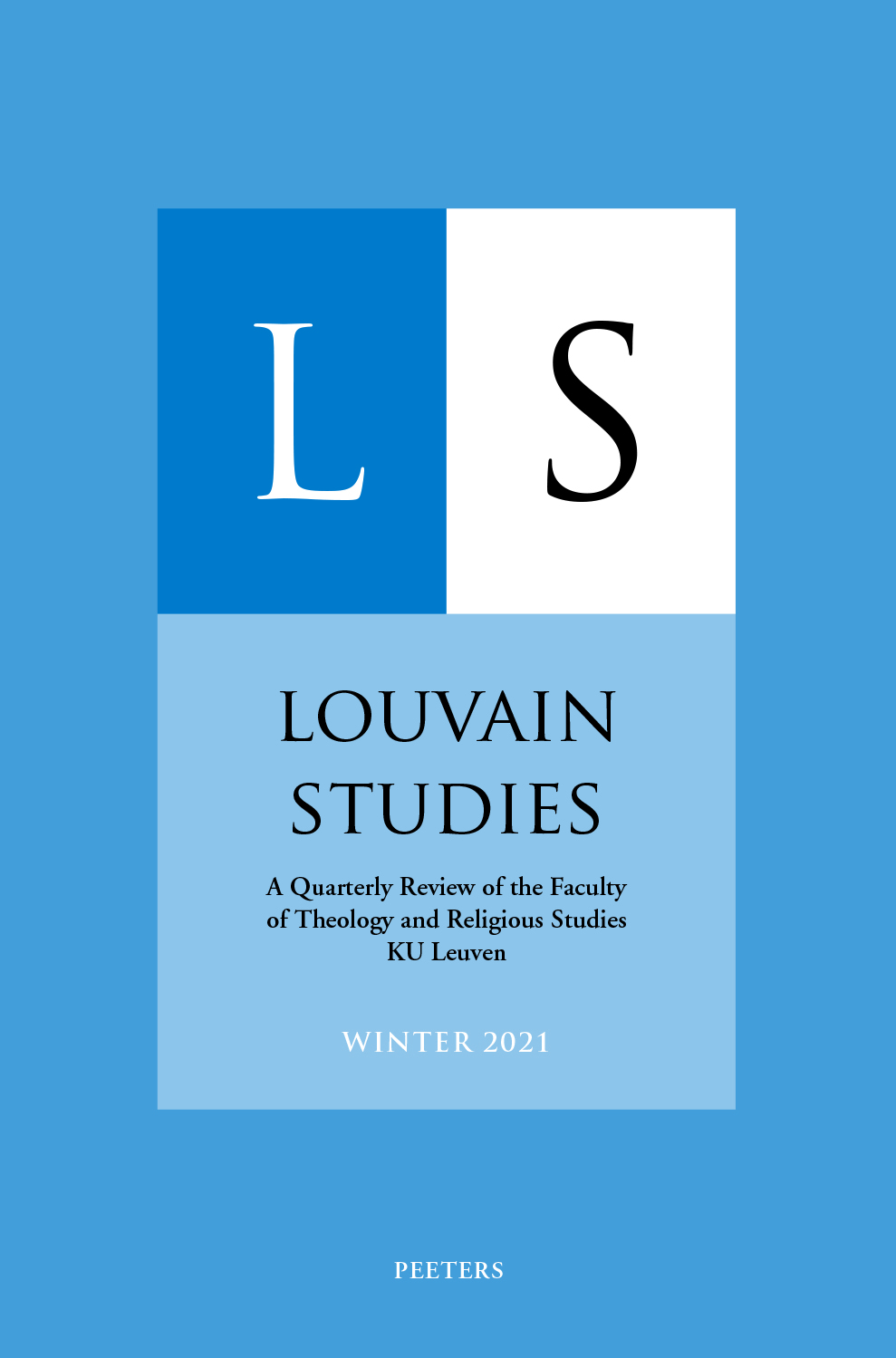next article in this issue  |

Preview first page |
Document Details : Title: Dynamic of Destruction Subtitle: Culture and Mass Killing in the First World War Author(s): KRAMER, Alan Journal: Louvain Studies Volume: 38 Issue: 3 Date: 2014 Pages: 211-227 DOI: 10.2143/LS.38.3.3105905 Abstract : This article examines the wave of cultural destruction and mass killing that swept the world in the era of the First World War. Military violence not only targeted military enemies, but also even the defenceless civilian populations. Starting in the Balkans in 1912, deliberate violence against civilians and their culture characterized modern warfare and was a feature of Germany’s invasion of Belgium and France in 1914. In eastern Europe both the Central Powers and the Tsarist army perpetrated violence on civilians, including their own subjects. Russia witnessed a seven-year catastrophe of war and revolution. An entire continent plunged into a chilling new world of mass mobilization, total warfare, and the celebration of nationalist or ethnic violence. The potential for genocide was realized in Ottoman Turkey’s war against its Armenian population. The burning of the University Library of Leuven became the world’s most powerful iconic image of cultural warfare. Since the World War had made the unthinkable thinkable, that cultural revolution proved to be a decisive step in the development of the communist and fascist regimes after the war. |
|


